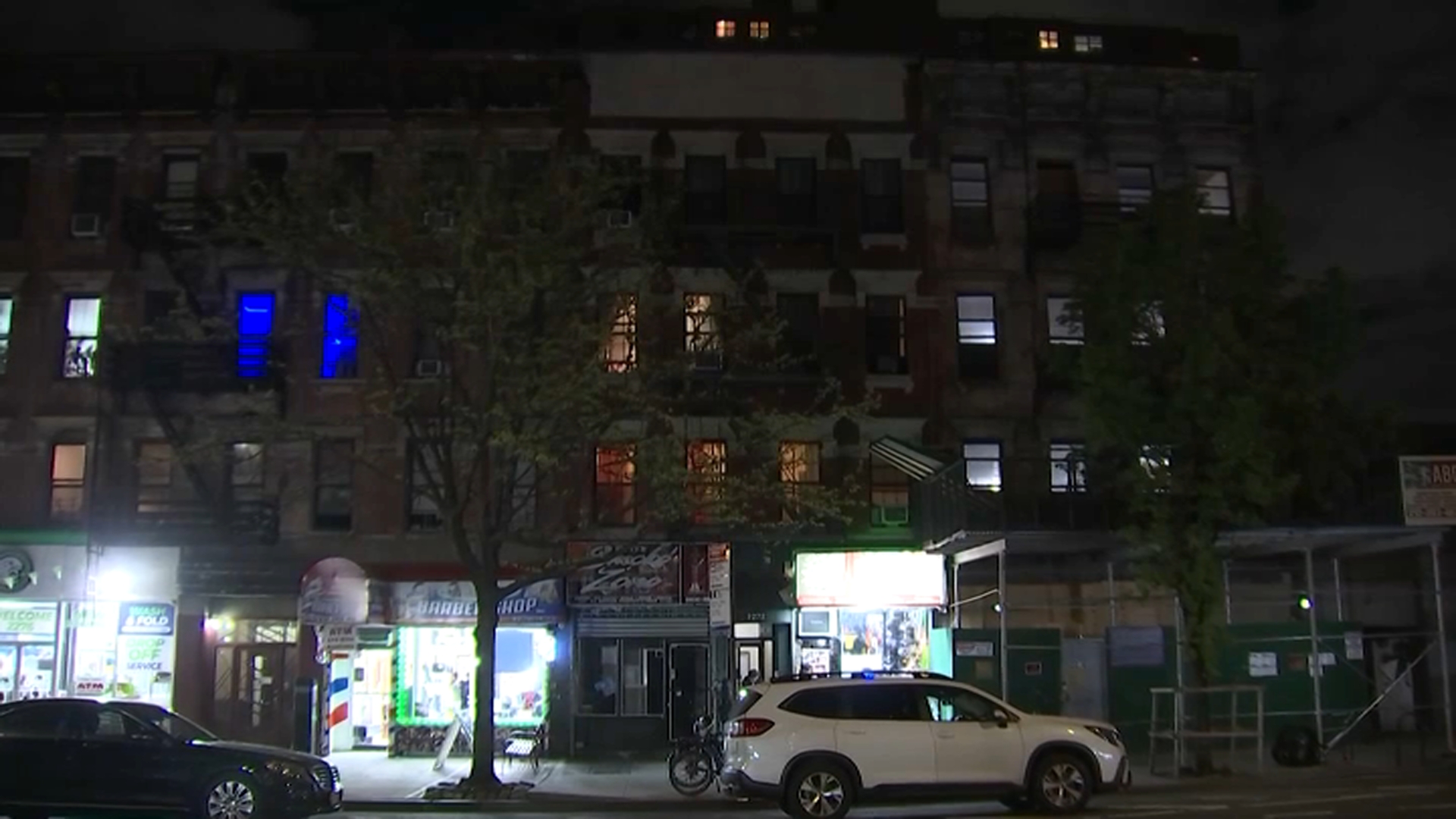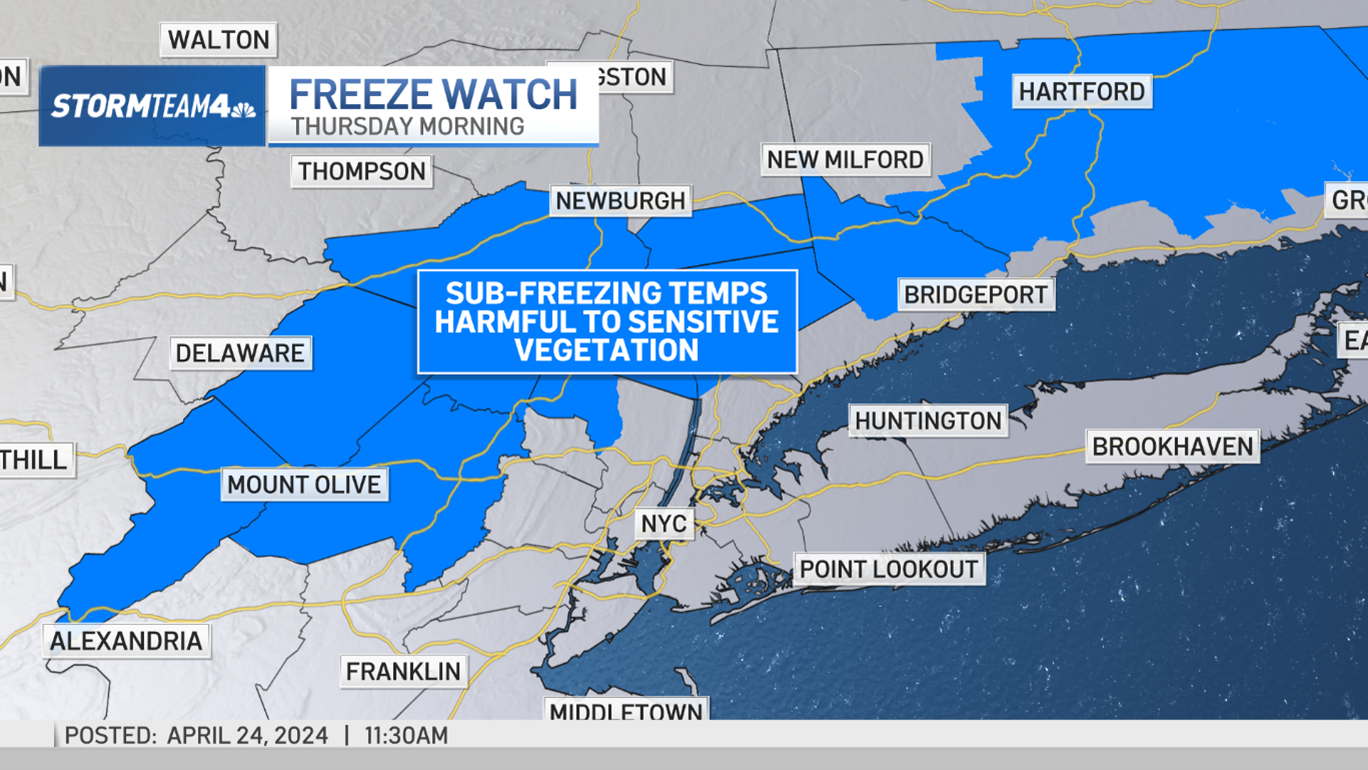New York has tried for years to solve one of its most stubborn and visible problems: tens of thousands of homeless people a night packed into shelters and thousands of others camped out on sidewalks and subways and in bus stations.
Mayor Bill de Blasio questioned aloud whether the problem of homelessness even can be solved as he unveiled a latest proposal with a decidedly modest goal. His $300 million plan would open 90 new shelters in five years and ultimately shrink the homeless population by 2,500, a mere 4 percent.
"I, today, cannot see an end" to homelessness, he said this week. "But I do believe we can do better."
The Democratic mayor's latest plan is less about emptying shelters than improving conditions for the city's more than 60,000 homeless people, and some advocates for the homeless give him credit for an approach they see as realistic.
"We have to stop promising New Yorkers that homelessness is going to end overnight," says Christine Quinn, a Democratic former City Council speaker who runs shelter operator WIN and ran against de Blasio in 2013.
But others argue the city should focus more on helping people move out of shelters rather than opening more of them.
"People really, at this point, need permanent housing, and they're talking about keeping people in the shelter system," says Charmel Lucas, who's involved with the advocacy group Picture the Homeless and knows that need firsthand.
Local
Lucas and her partner, both freelancers for a delivery company, have been in city shelters since 2012's Superstorm Sandy displaced them and a subsequent city-paid hotel stay ended. Their efforts to get housing aid have hit roadblocks, she said, so the city instead pays thousands of dollars a month — citywide, a shelter unit averages $150 a night — for them to live in a shelter room with no kitchen and a shared bathroom.
"None of it makes any sense," she said.
While homelessness has declined nationally in this decade, it has grown in such cities as New York and Los Angeles, for reasons likely tied to rents surging ahead of incomes.
New York City is legally obligated to provide shelter to any homeless person who seeks it, with eligibility rules for families. The shelter population here has jumped by about 70 percent in a decade, hitting unprecedented peaks. Another 2,800 people were living on the streets at last count last year, though advocacy groups have long believed the annual census is low.
Former Mayor Michael Bloomberg pledged unsuccessfully to reduce homelessness by two-thirds. De Blasio, who took office in 2014, has previously tried approaches that ranged from a shelter repair program to daily street canvasses that he says have persuaded nearly 700 people so far to come into shelters.
De Blasio says his latest plan is "bigger and stronger and better," for both homeless people and taxpayers. He also stresses that his administration is trying to help homeless people get permanent housing, including with rental aid he says has helped 51,000 people so far get or stay out of shelters.
Ten to 20 percent of the 42,000 affordable-housing apartments the city has preserved since 2014 are dedicated to homeless families,
By creating new shelters, the city aims to stop scattering 18,000 homeless people to $222-a-night hotel rooms and privately owned — sometimes dilapidated — apartments. Officials say they can provide job counseling and other help more effectively to people in actual shelters.
But the plan calls for finding spots for 90 new shelters around the city, where some communities have balked at hosting the homeless.
It's a potent issue as the mayor seeks re-election. Seventy-two percent of city voters call homelessness a very serious problem and 55 percent disapprove of how he's handling homelessness and poverty, according to a Quinnipiac University poll released this past week. A potential Republican challenger, City Councilman Eric Ulrich, called de Blasio's proposal for more shelters "an insult" to homeless people seeking permanent housing.
Picture the Homeless has long argued that the city could do more to fix up abandoned buildings to house poor people; City Hall notes that the city has financed more than 5,100 affordable apartments for homeless families and preserved thousands more since 2014. Another advocacy group, the Coalition for the Homeless, has pressed for setting aside more public-housing apartments for homeless families. De Blasio, who has already increased the number, has noted that many other people are on waiting lists for the apartments.
Some observers have still other ideas. Stephen Eide, a senior fellow at the right-leaning Manhattan Institute, suggests that auditing shelter-seeking families' eligibility could help open space. City officials say they have worked with the state on eligibility rules in recent years.
The mayor, for his part, says his plan is "what we can tell the people of New York City can be done and can be sustained. ... It's the honest goal."



